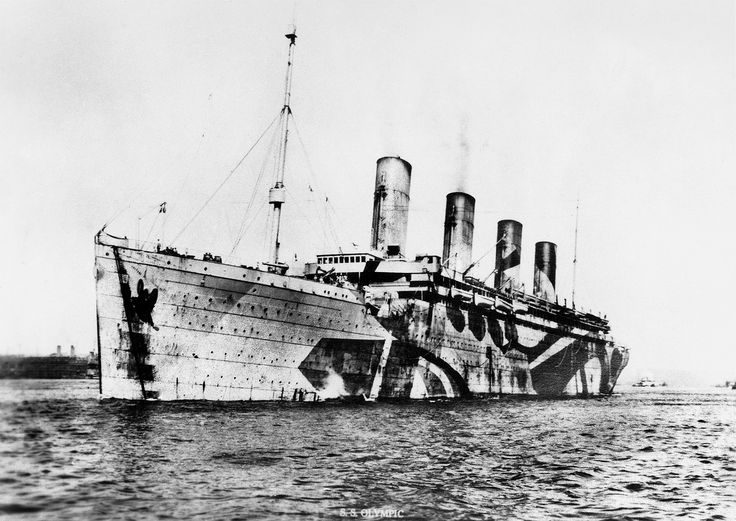- a pithy observation that contains a general truth, such as, “if it ain't broke, don't fix it.”.
synonyms: saying, maxim, axiom, adage, epigram, dictum, gnome, proverb, saw, tag; rareapophthegm"she was a fount of Orwellian aphorisms"- a concise statement of a scientific principle, typically by an ancient classical author.
CELL PHONES, THE CONGO, AND MILLIONS OF DEATHS -- 12/19/18
Today's selection -- from The Disappearing Spoon by Sam Kean. As global cell phone sales grew from virtually zero in 1991 to more than a billion by 2001, the war-torn Congo supplied the cell phone industry with vital materials:
"There's a good chance you have [the elements] tantalum or niobium in your pocket right now. Like their periodic table neighbors, both are dense, heat-resistant, noncorrosive metals that hold a charge well -- qualities that make them vital for compact cell phones. In the mid-1990s cell phone designers started demanding both metals, especially tantalum, from the world's largest supplier, the Democratic Republic of Congo, then called Zaire. Congo sits next to Rwanda in central Africa, and most of us probably remember the Rwandan butchery of the 1990s. But none of us likely remembers the day in 1996 when the ousted Rwandan government of ethnic Hutus spilled into Congo seeking refuge. At the time it seemed just to extend the Rwandan conflict a few miles west, but in retrospect it was a brush fire blown right into a decade of accumulated racial kindling. Eventually, nine countries and two hundred ethnic tribes, each with its own ancient alliances and unsettled grudges, were warring in the dense jungles. Nonetheless, if only major armies had been involved, the Congo conflict likely would have petered out. Larger than Alaska and dense as Brazil, Congo is even less accessible than either by roads, meaning it's not ideal for waging a protracted war. Plus, poor villagers can't afford to go off and fight unless there's money at stake. Enter tantalum, niobium, and cellular technology. Now, I don't mean to impute direct blame. Clearly, cell phones didn't cause the war -- hatred and grudges did. But just as clearly, the infusion of cash perpetuated the brawl. Congo has 60 percent of the world's supply of the two metals, which blend together in the ground in a mineral called coltan. Once cell phones caught on -- sales rose from virtually zero in 1991 to more than a billion by 2001 -- the West's hunger proved as strong as Tantalus's, and coltan's price grew tenfold.
 |
| Child miners work to extract coltan in the Congo |
"People purchasing ore for cell phone makers didn't ask and didn't care where the coltan came from, and Congolese miners had no idea what the mineral was used for, knowing only that white people paid for it and that they could use the profits to support their favorite militias.
"Oddly, tantalum and niobium proved so noxious because coltan was so democratic. Unlike the days when crooked Belgians ran Congo's diamond and gold mines, no conglomerates controlled coltan, and no backhoes and dump trucks were necessary to mine it. Any commoner with a shovel and a good back could dig up whole pounds of the stuff in creek beds (it looks like thick mud). In just hours, a farmer could earn twenty times what his neighbor did all year, and as profits swelled, men abandoned their farms for prospecting. This upset Congo's already shaky food supply, and people began hunting gorillas for meat, virtually wiping them out, as if they were so many buffalo. But gorilla deaths were nothing compared to the human atrocities. It's not a good thing when money pours into a country with no government. A brutal form of capitalism took over in which all things, including lives, were for sale. Huge fenced-in 'camps' with enslaved prostitutes sprang up, and innumerable bounties were put out for blood killings. Gruesome stories have circulated about proud victors humiliating their victims' bodies by draping themselves with entrails and dancing in celebration.
"The fires burned hottest in Congo between 1998 and 2001, at which point cell phone makers realized they were funding anarchy. To their credit, they began to buy tantalum and niobium from Australia, even though it cost more, and Congo cooled down a bit. Nevertheless, despite an official truce ending the war in 2003, things never really calmed down in the eastern half of the country, near Rwanda. And lately another element, tin, has begun to fund the fighting. In 2006, the European Union outlawed lead solder in consumer goods, and most manufacturers have replaced it with tin -- a metal Congo also happens to have in huge supply. Joseph Conrad once called Congo 'the vilest scramble for loot that ever disfigured the history of human conscience,' and there's little reason to revise that notion today.
"Overall, more than five million people have died in Congo since the mid-1990s, making it the biggest waste of life since World War II."
Music-based magnetic resonance fingerprinting to improve patient comfort during MRI examinations
https://www.ncbi.nlm.nih.gov/pubmed/26178439
Abstract
PURPOSE:
Unpleasant acoustic noise is a drawback of almost every MRI scan. Instead of reducing acoustic noise to improve patient comfort, we propose a technique for mitigating the noise problem by producing musical sounds directly from the switching magnetic fields while simultaneously quantifying multiple important tissue properties.THEORY AND METHODS:
MP3 music files were converted to arbitrary encoding gradients, which were then used with varying flip angles and repetition times in a two- and three-dimensional magnetic resonance fingerprinting (MRF) examination. This new acquisition method, named MRF-Music, was used to quantify T1 , T2 , and proton density maps simultaneously while providing pleasing sounds to the patients.
RESULTS:
MRF-Music scans improved patient comfort significantly during MRI examinations. The T1 and T2 values measured from phantom are in good agreement with those from the standard spin echo measurements. T1 and T2 values from the brain scan are also close to previously reported values.





